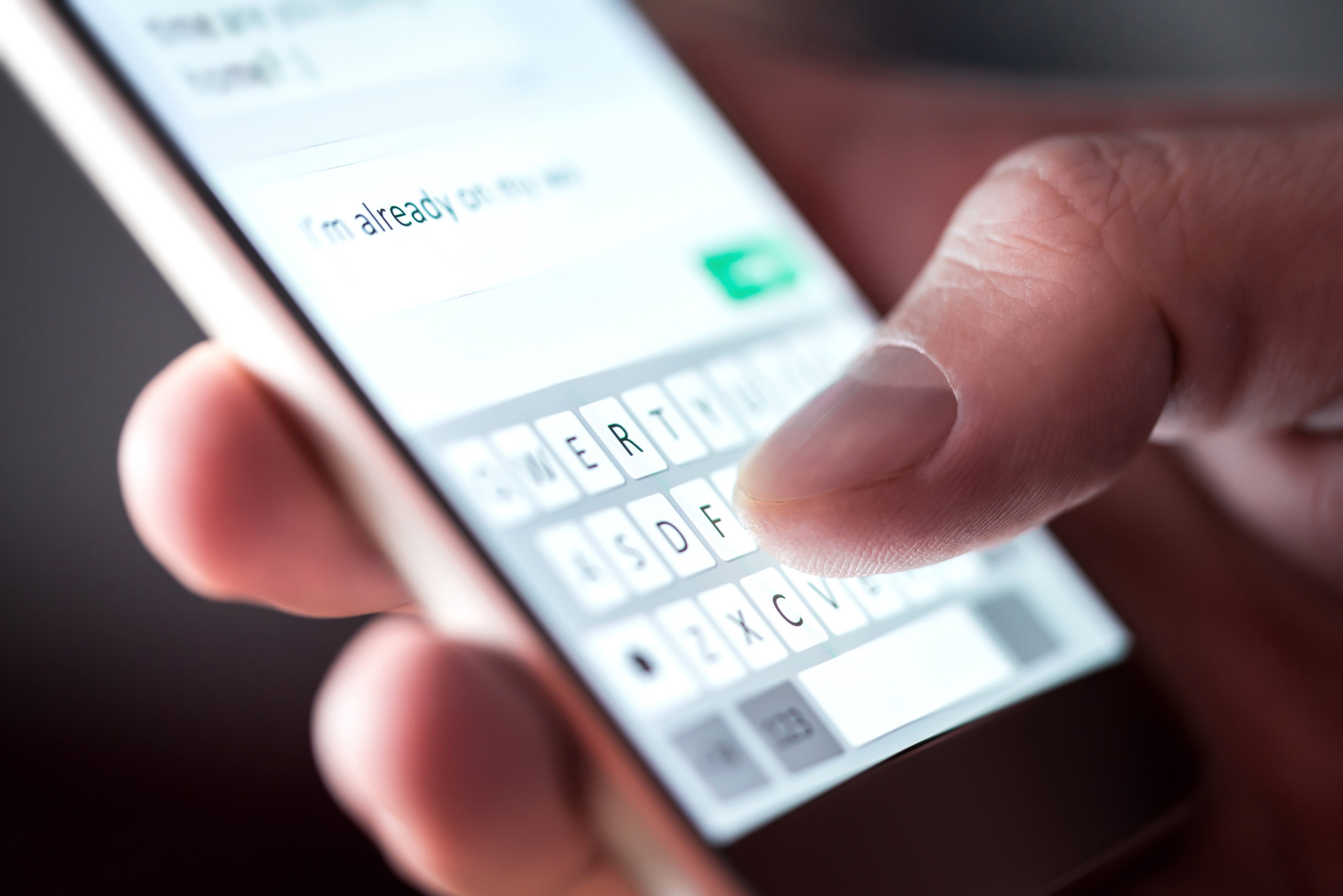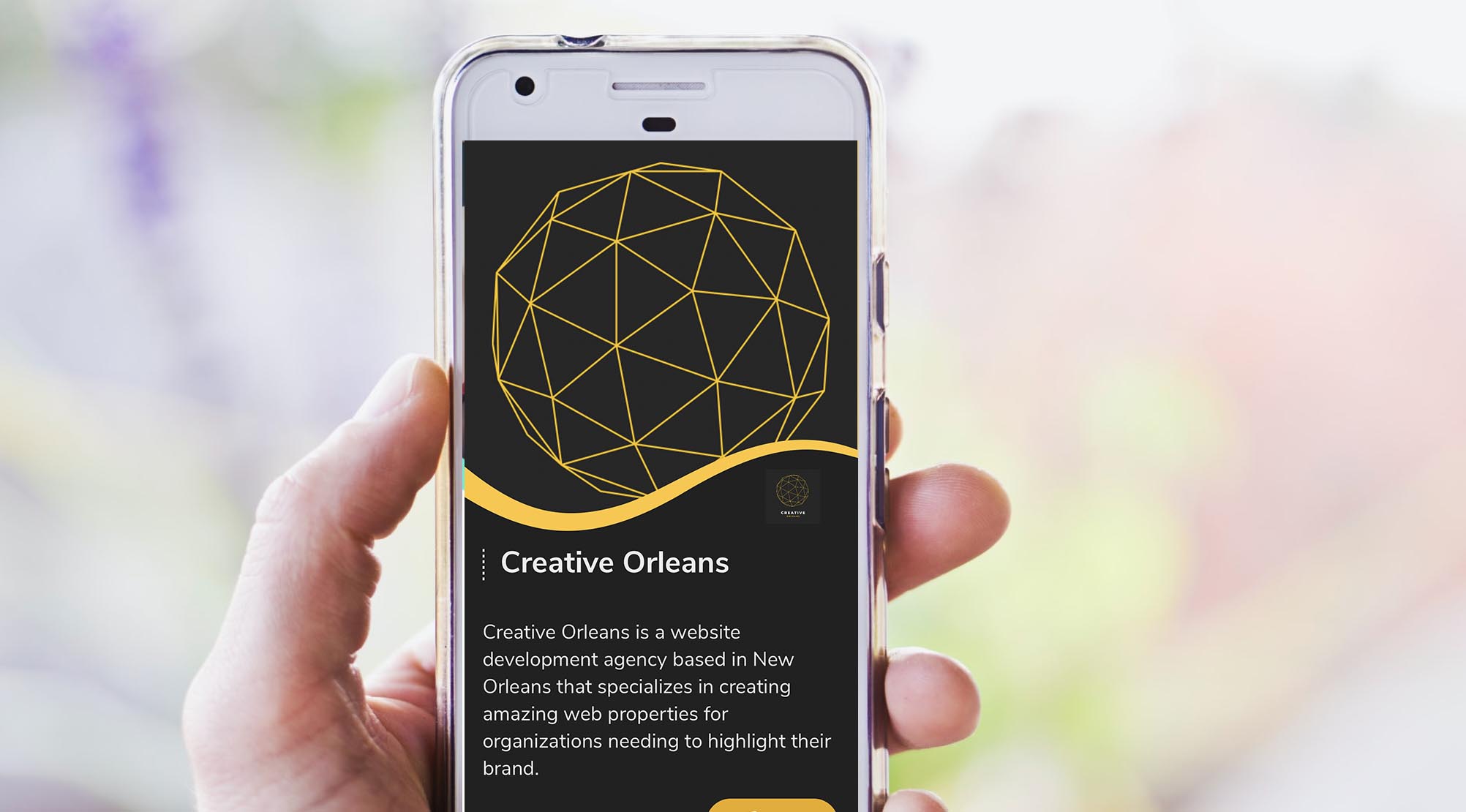5 Tips For Text Message Etiquette With Clients
We’re finding that clients are using text messaging more and more as a means of communication. It could be a quick message about their website or letting us know that they need support. As we learn the in and outs of text message etiquette, we wanted to share that information with others.
Using Informal Communications In A Formal Setting
Keep in mind that text messaging is still an informal means of communication. If we had to list it out from formal to informal, it would go something like this:
Paper Letter -> Phone Call -> E-mail -> Text Message
When texting your customers, there’s a few ground rules to follow. There are strict legal requirements about texting customers and you can be charged up $1,000 for even text sent that violates guidelines. One to one texting is perfectly ok, but if you’re using SMS for marketing campaigns to people who haven’t explicitly opted-in, you could get in trouble.
Here are some rules you can follow to ensure your business texting is compliant and delivers value to your customers. Click each title to learn the same tips that we use.
1. Get Their Texting Consent
Before you start texting your clients either make sure you get their permission or they reach out to you first.
Since we’re talking about customer support, it’s likely your client messaged you first asking for assistance. Nonetheless, it’s never an invitation to start sending them marketing texts, ads, or messages outside of their customer support concerns. Unless a customer specifically agrees to get marketing messages from your business, they should not be contacted via text.
2. Stay On Brand
When communicating with customers, it’s important that your messaging stays on brand with your company. If your company uses a lot of “fun” language, then it’s ok to use emojis and send GIFs in your replies.
If your company has a professional image, then it’s better to use complete sentences and answer in a professional manner. The tone of your texts should match your other communication channels.
Personalize your message
You don’t want to make it sound like the text came from like an automated robot. Use the name of the person you’re talking to in your texts.
According to a study at Michigan State University, “using someone’s name can be an effective way of breaking into the conversation.” Break the ice and set an approachable tone by addressing your clients by their first name.
Professionalism also means avoiding too many exclamation marks or emojis. The occasional smiley face is ok but don’t overdo it.
What not to do: “Thanks so much for your feedback today! ?We are soooo glad you are enjoying the service! Please feel free to reach out to us with any questions! ?”
The message is friendly, but off-putting and unprofessional due to each sentence ending with an exclamation point and too many emojis.
What to do: “Thanks so much for your feedback. We are so glad you are enjoying the service. Please feel free to reach out to us whenever you have any more feedback or questions you may have! We are happy to help. ?”
We said the same thing here but scaled it back a bit with the emojis and exclamations. Still friendly, but professional.
3. Don’t Be Sloppy
Texting is prone to errors. There are plenty of cases where texts are sent to the wrong person or you may send group texts that accidentally include your personal contacts. When texting, keep an eye out for the following:
Beware of autocorrect.
Autocorrect can be your best friend when sending personal texts. For business purposes, however, not so much. That’s because autocorrect changes aren’t always correct and are easy to miss. Especially when the glaring “red underline” isn’t there to catch your attention. Because businesses have their own unique acronyms and spelling for a few words, autocorrect can miss these. Make sure to double check texts before hitting send.
Don’t use abbreviations.
You can still come off as easy-going without using jargon and abbreviations. Avoid lol’s, brb’s, using abbreviations such as tmr instead of tomorrow. You get the idea. Abbreviations usually aren’t detected by spell check because they are so common to use via text message.
You should be checking for them with every text because oftentimes we use them instinctually with our friends and family, who we could be messaging between business communications. Avoid the possible mix-up!
Proofread.
This goes right along with being professional. A text full of spelling and grammar mistakes makes you look careless and rushed.
This is where services like Grammarly are super useful for businesses. Grammarly is free of charge and helps not only with spelling but also with wording for better readability. Grammarly is a Chrome extension, so texting from your computer is the best bet. (Here’s how to text from your computer)
Be concise.
A long explanation doesn’t make it look like you know what you’re talking about. In fact, it does the opposite. You should be able to take complex information and simplify it for your customers. You only get 140 characters – use them wisely. Avoid long-winded explanations and unnecessary words.
Here’s a good rule of thumb for deciding on the number of texts to send. If the answer requires a longer response, shooting off 1-3 shorter text messages instead of one long one is a better bet. A long paragraph could end up getting cut off at the end and lost in translation.
Also, longer paragraphs have lower readability and can often be confusing for the reader. If you find your reply getting to be longer than 2-3 short messages, it may require a call or an email response. A customer doesn’t want to spend all day talking to you, if you know the answer is long-winded, let them know and arrange a call or email.
4. Text Customers At The Right Time
Stay within business hours.
Do you appreciate getting a text at 3 AM when you are trying to get an adequate amount of rest for a big workday? We don’t think so. Treat your customers the same.
If you were unable to get to their message within business hours, that’s okay! They will appreciate getting a reply from you at 8 AM rather than in the middle of the night.
This may be tricky if your customers are spread across different time zones. So the time your customer receives your text may be out of your control.
With that being said, if you mostly serve local consumers, stay respectively within their timezone when sending a text.
Respond promptly.
Speaking of timing, don’t wait more than 24 hours to respond. If the matter is urgent, a quick response is necessary. The purpose of text support is to get quick help, so make sure you meet that standard with your clients too.
However, not all texts require an immediate response. If they did, you’d be spending most of your time texting! Learning to differentiate what is pertinent and what can wait is key.
Don’t have an answer for your customer right away? That’s ok! Just be sure to let your customer know with a quick reply: “That’s a great question! I’m looking into this right now for you.”
Sometimes, we get sidetracked with a lot of work. If you took longer to respond than you planned to or lost track of time, you can say:
“Hey Sarah, sorry about the late reply. It’s been crazy over here! Yes, we can certainly do that. Mind providing more details so I can let the team know? Thanks.”
Be patient.
Don’t expect a response right away. After all, your customer is as busy as you. Try not to dominate the conversation by blowing up your client’s phone with text messages. If you do require a timely response, be friendly.
For example: “Hey Stephanie, we noticed you haven’t responded to our last message. Did you still require assistance? If not, that’s great! Let us know if you have any more questions.”
5. Follow Through
Say what you mean and do what you say.
If you say you’re going to do something – do it. Many times, we respond to tell the customer that we will have an answer for them soon. This is a reason many messages can fall through the cracks – we read and responded to the message, so we instinctively think the work is done or that we are waiting to hear back from the customer.
To avoid this, simply marking a message as “unread” can serve as a reminder to respond back to a client later. This way, you will remember to promptly follow-up and not have your client thinking you’re ignoring or not prioritizing them – nobody likes to be forgotten!
Sign-out gracefully.
The end of your conversation is just as important as the start. Don’t forget to sign out of the conversation tastefully after you’ve successfully helped your client.
A simple “Thank you for reaching out to us and have a delightful day,” is an example of a way to gracefully end the text exchange.





